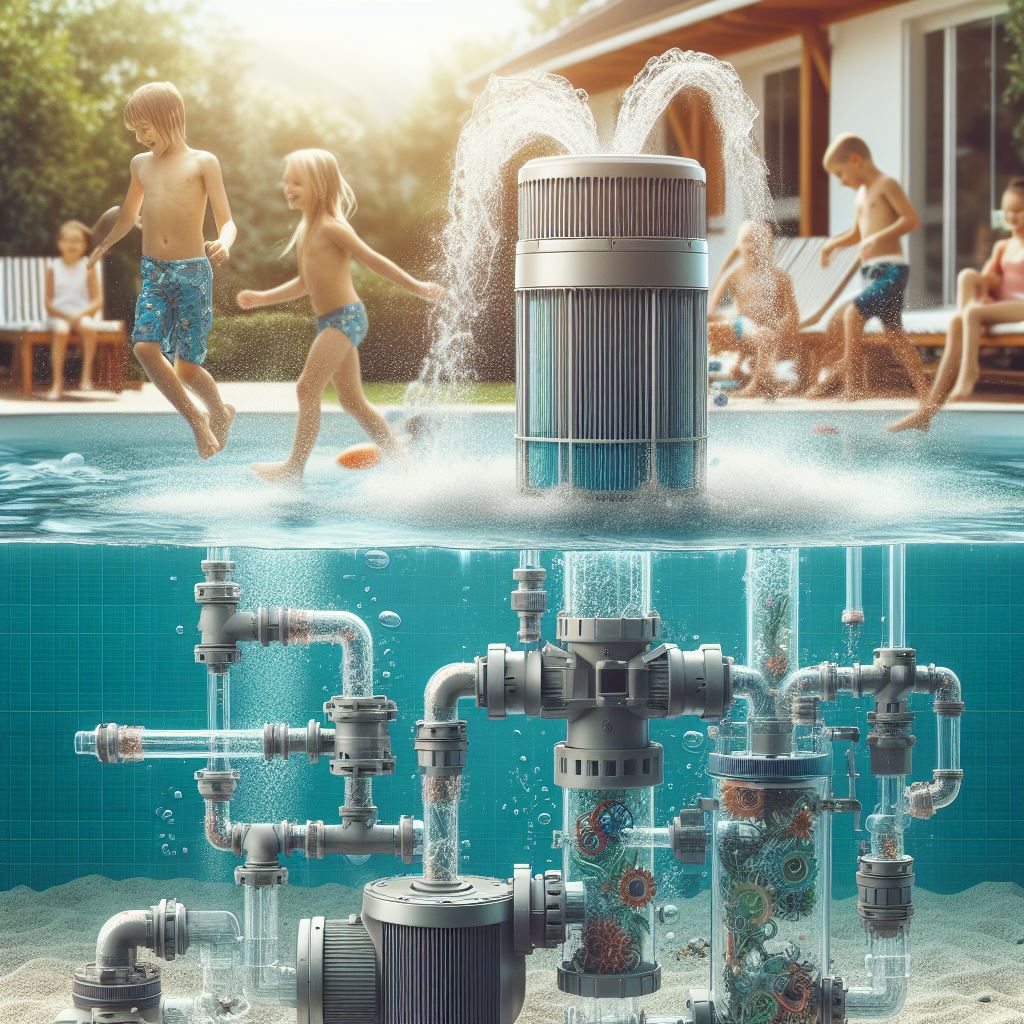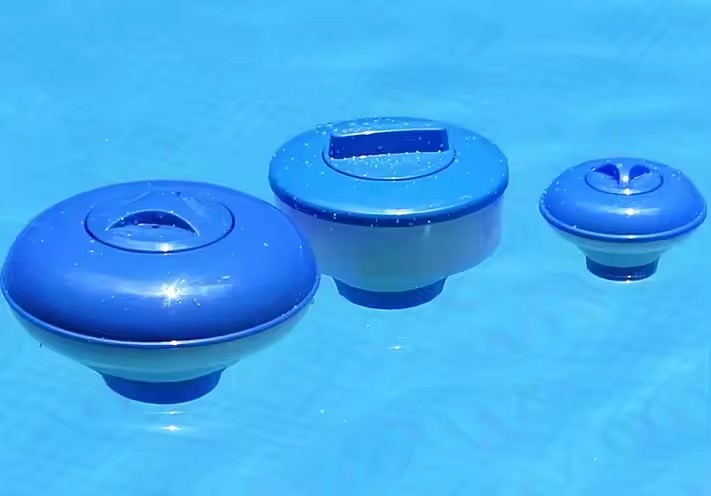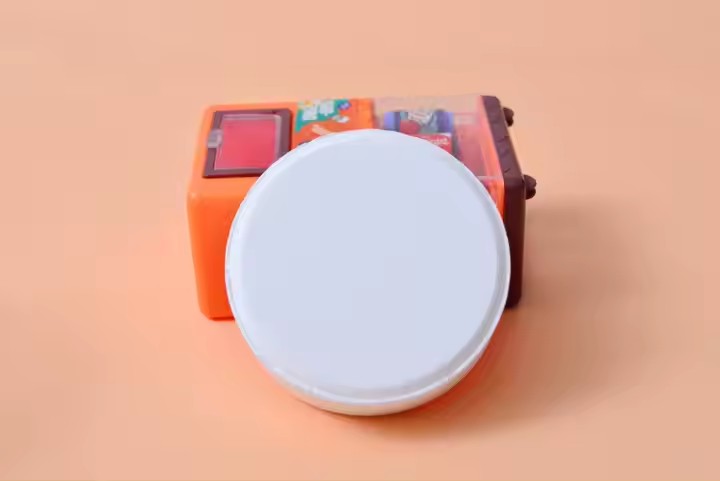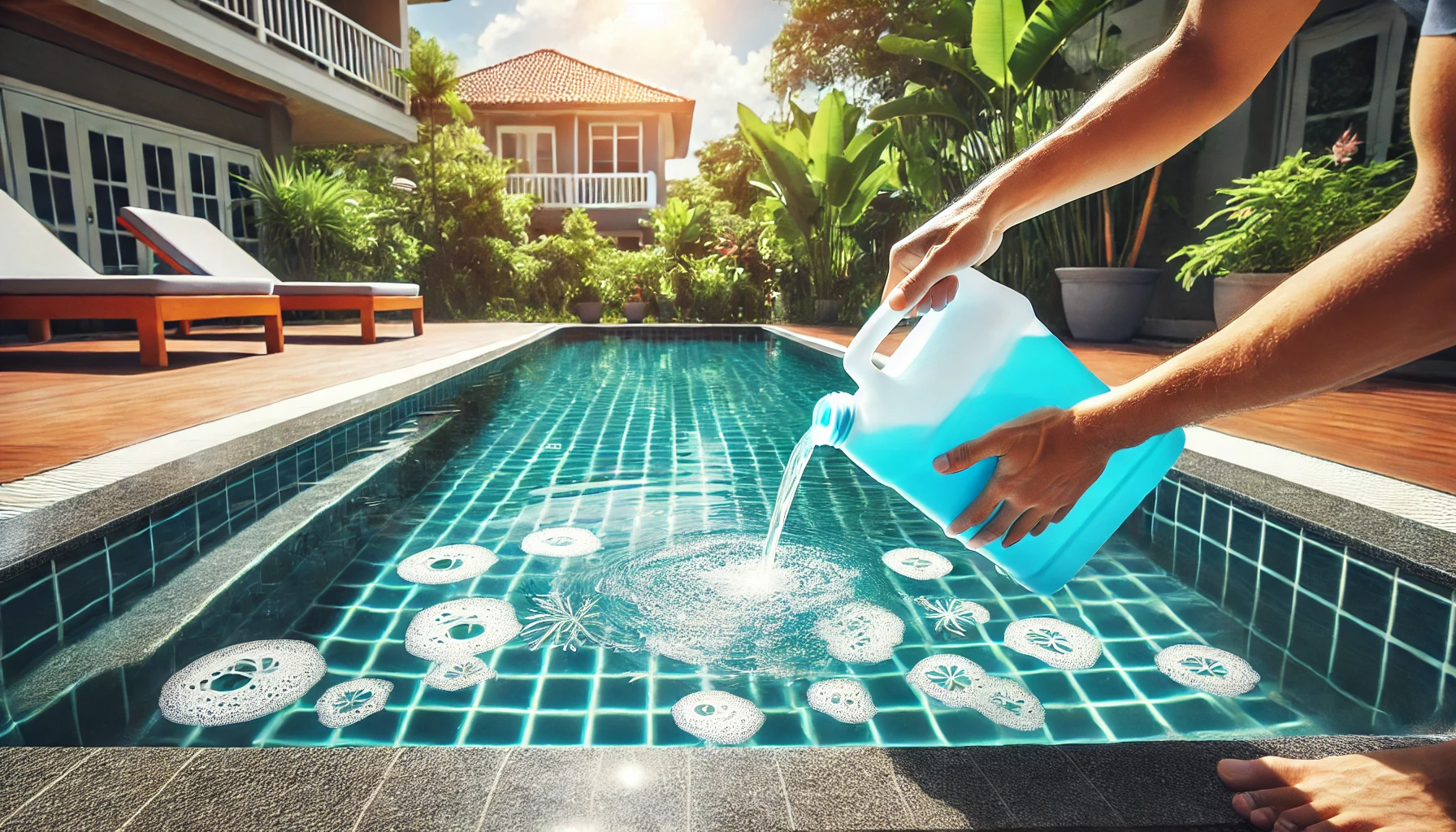As a key component to maintain the normal operation of the swimming pool, the use and maintenance of the swimming pool pump are crucial. Correct operation and preventive measures can not only extend the service life of the pump but also ensure the clarity and transparency of the pool water, providing a safe and comfortable swimming environment for swimmers. Therefore, when using a swimming pool pump, there are a few things we must abide by.

Ⅰ. Precautions when starting the swimming pool pump
- To completely vent the air:Before starting the pump, ensure that all gas is drained from the filter and pipeline. This step is crucial to prevent gas from entering the pump and to ensure the normal operation of the pump.
- Dealing with water level differences: If the water level in the swimming pool is above the pump’s height, open both the inlet and outlet valves before starting the pump. If the water level at the pool’s bottom is below the pump level, open the pump cover, fill it with water, and then restart. This step aims to avoid water pump damage due to a lack of water.
- Clean the sealing ring: Before starting the pump, carefully clean and inspect the seals. Check for damage or blockage that could lead to pump leakage or other problems. After cleaning, place the sealing ring back into position.
- Correctly install the water pump cover: After cleaning and inspecting the seals, secure the pump cover. Ensure the face cap is in the correct position, then turn and tighten the face cap clockwise. This step helps to prevent loosening and leaking during operation.
Ⅱ. Precautions when using swimming pool pumps
- It is forbidden to start if there is no water in the water pump: Before starting the pump, ensure it is filled with water. If there is no water during the startup, the shaft seal may be damaged, leading to leakage and flooding. This step ensures the correct operation of the pump and extends the equipment’s life.
- Make sure there is enough water in the pump: Before starting the motor, ensure there is enough water in the pump. This prevents damage caused by insufficient water during pump startup and ensures sufficient lubrication during operation.
- Carefully open the nut cover: Before opening the pump’s nut, turn off the power, close the inlet and outlet valves, and release the gas in the pump and water pipes for work safety. These measures help avoid accidental starts or pressure relief.
- The screws cannot be adjusted during operation: Do not loosen the screws on the pump while it’s running. This may cause equipment instability and, in severe cases, damage to the pump. Maintaining the structural stability of the pump is crucial for its normal operation.
- To prevent clogged drains: When swimming, avoid blocking swimming pool drains. This action can cause strong currents and even lead to injury. Children, especially, must be supervised by adults to ensure their safety.
Ⅲ. Common failures of water pumps
The water pump plays a vital role in the pool, but various failures can occur. Firstly, reasons why the motor cannot start include power supply failure (such as an open circuit), fuse melting or overheating, bearing blockage, burnt motor coil, centrifugal pump damage or overcurrent protection failure, poor or damaged wire connections, and low voltage.
Secondly, reasons for motor overheating include insufficient voltage, a mismatch between operating voltage and motor voltage, or poor ventilation. The water pump may not pump water due to reasons such as the pump not starting, water inlet or outlet valve closure, water or air entering the pipeline system, or damage to the water and blades. If the pump pressure is too high, it may be due to the inlet or outlet valve not being fully open, the return pipe being too small, or excessive dirt on the filter.
Finally, noise from the water pump and motor may be caused by hair or debris accumulation in the water filter basket, damaged motor bearings, the water inlet pipe valve not fully opening, the water inlet pipe being partially blocked, the water suction port being blocked or too small, and the water pump not operating normally. These problems can affect the pump’s normal operation, necessitating inspection and repair. Regular maintenance of the swimming pool can effectively extend its service life and ensure the normal operation of the swimming pool.
In short, the reasonable selection of pumps in the pool is crucial for ensuring the pool’s normal operation. Through regular testing, scientific operation, and timely maintenance, we can prevent pump problems, ensure the safety of the water quality of the swimming pool, and provide swimming enthusiasts with a clean and safe swimming environment. When using a swimming pool pump, it is essential to strictly abide by the relevant regulations and maintain the normal operation of the swimming pool pump.”


